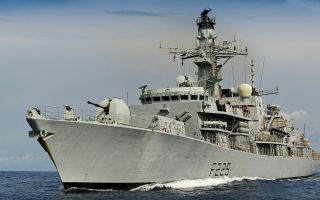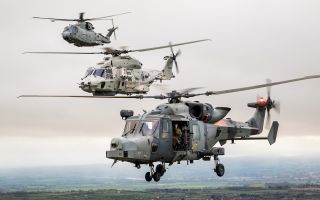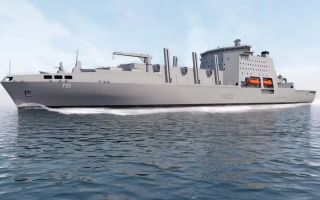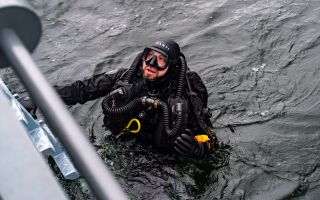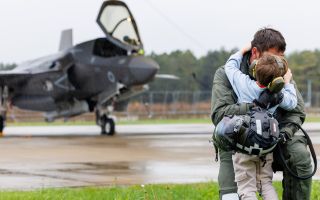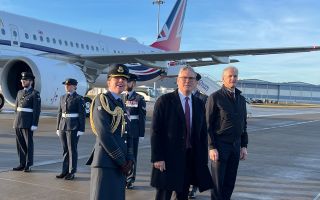How the RAF plans to future-proof the Typhoon fighter jet
Since entering service in 2003 the RAF Typhoon has been the backbone of combat air defence for the UK, flying more operational hours than ever before in 2022.
Typhoon covers a full spectrum of air operations including air policing, peace support and high-intensity conflict.
The aircraft is now halfway through its service life and must evolve to remain relevant in the rapidly evolving landscape of modern warfare.
- What is the Typhoon aircraft?
- RAF Typhoons to get £870m advanced radar upgrade
- RAF scrambles Typhoons to respond to Russian aircraft near Nato airspace
"All military aircraft are constantly evolving, normally they follow an S-curve in terms of their capability," BAE evaluator pilot Andrew Mallery-Blythe explained.
"What that means is when they first come into service they tend to be quite immature and they improve as new capabilities are added.
"It tends to be quite gradual early in the aircraft's life, but then there's an acceleration of new capabilities as they are added and you get onto a steeper part of that S-curve and that is when it really gets interesting and more exciting for a platform.
"We're really on the steep part of the curve for Typhoon now, and we have been for a number of years.
"So some really exciting capabilities have just been added and will continue to be added over the next few years," Andrew Mallery-Blythe said.
One of those capabilities is enhancing the Typhoon's autonomous capabilities.
BAE Systems is working on developing autonomous platforms that could fly alongside the aircraft.
The platforms could carry reconnaissance packages, a suite of cameras or other sensors, as well as electronic attack payloads to help with the suppression of enemy air defences.
In the future, they could also be loaded with air-to-surface or air-to-air weapons, still controlled by a human but would be fired from a remote platform.
BAE is funding this project in the belief that there is a place for this technology in the RAF fleet of the future.
In recent years, the Typhoon has been upgraded with Storm Shadow, Brimstone and Meteor missiles, and it's soon to get a new radar that will allow it to simultaneously detect, identify and track multiple targets in the air and on the ground.

